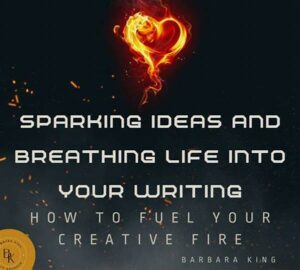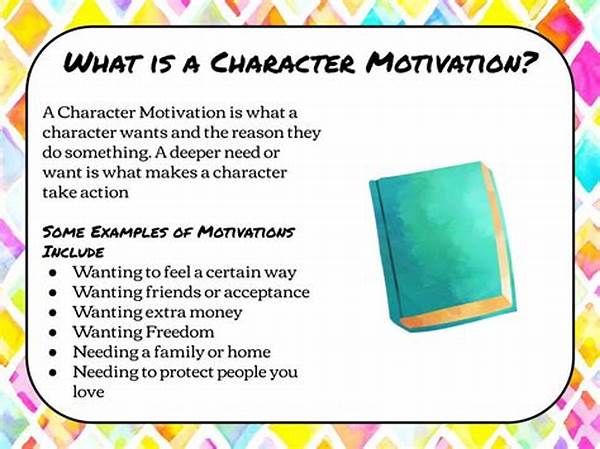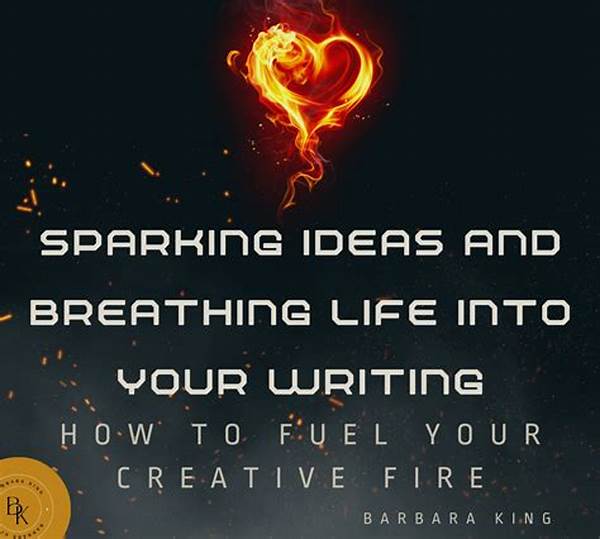Once upon a time, in the heart of a bustling city, a writer named Emily sat hunched over her desk, surrounded by piles of crumpled paper. She was lost in thought, struggling to breathe life into her characters. Her frustration stemmed not from a lack of imagination, but from the daunting task of understanding the complex character motivations that would make her story compelling. Like an explorer without a map, she yearned to navigate the intricate paths of human desire, fear, and ambition.
Read Now : Fostering Genuine Online Engagement
The Intricate Tapestry of Character Motivations
In Emily’s world of storytelling, understanding complex character motivations was akin to weaving an elaborate tapestry. Each thread represented an emotion, a past experience, or a hidden desire that drove her characters’ actions. As Emily pondered each character, she realized that motivations are seldom simple. A hero’s quest is often born from a blend of altruism and personal yearning, while a villain’s cruelty might spring from a deep-seated insecurity or a tragic past. Understanding these multifaceted motivations required Emily to delve into the psychology of her characters, examining their histories and their environments. She discovered that, much like real people, characters are guided by a core of contradictions and layers that make their decisions unpredictable but relatable. Emily learned that the heart of storytelling lies in portraying this human complexity—where motivations are rarely black and white but instead are a fusion of different shades, each contributing to the rich canvas of the narrative.
To unravel the mysteries of motivation, Emily began investigating the backstory of each character. She pondered their childhood traumas, their unfulfilled dreams, and their hidden fears. What kept them up at night? What pushed them beyond their comfort zone? Emily’s dedication to understanding complex character motivations revealed that motivations could be gradual, evolving as the narrative progressed. Triumphs and trials shaped their paths, while relationships forged or broken molded their worldviews. As she pieced together the mosaic of motivations, Emily found herself empathizing with each character, allowing her to write with authenticity and passion, breathing life into every twist and turn of her plot.
Crafting Multi-Dimensional Characters
1. To Emily, understanding complex character motivations meant embracing the gray areas of morality, capturing the nuances that make characters feel genuine and alive.
2. She realized that motivations are like fingerprints—unique and deeply personal, shaped by a multitude of factors that influence each decision and action.
3. Delving into a character’s past experiences, Emily discovered that motivations often stem from both the conscious and unconscious mind, intertwined with the character’s deepest fears and desires.
4. Through understanding complex character motivations, Emily could construct characters who were not only believable but also capable of surprising both her and her readers.
5. Emily learned that motivations could undergo transformation, reflecting how characters adapt to the ever-changing landscape of their fictional world.
Emotional Depth Through Motivation
Understanding complex character motivations often started with a single, defining moment that laid the foundation for their journey. For Emily, it was a moment of silence—a pause before the storm that revealed a character’s true nature. This depth wasn’t achieved overnight. It was a culmination of Emily’s hours spent listening to her characters’ whispers, understanding their silence, and celebrating their outbursts. As she crafted her tale, Emily realized that each character’s motivation was a delicate balance of heart and mind, often tipping the scales in unexpected directions.
Emily’s narrative world was enriched by her commitment to understanding the complex character motivations that drove each intricate plot. Her characters were like passengers on life’s rollercoaster, holding on through the chaotic turns of fate. By exploring what motivated them, Emily unveiled a world where decisions were rarely easy, where every choice carried weight, and where each character’s journey created a tapestry of intertwined destinies. In the end, understanding character motivations allowed Emily to create stories that resonated with readers, where every heartaches and triumph etched their path in the universal saga of human experience.
Read Now : Mastering Character Development In Storytelling
Conflicting Desires and Inner Turmoil
Often, understanding complex character motivations meant deciphering the conflicts between a character’s heart and mind. The duality of desires could cast them into turmoil, leading to impulsive actions or cautious retreats. Emily reveled in depicting how this interplay of opposites fueled character development, creating depth and relatability.
Characters trapped in a web of conflicting desires often found themselves at crossroads where every choice seemed equally fraught with peril. Emily illustrated these moments through delicate prose, capturing the agony of indecision and the exhilaration of choice. A character’s internal battle—between passion and reason, loyalty and betrayal, self-interest and selflessness—provided a rich playground for Emily’s storytelling. It was in these moments of tension that Emily’s readers found themselves most engaged, turning page after page to unearth the resolution of each character’s intricate dance with fate.
Humanizing Villains Through Motivation
One of Emily’s most rewarding challenges was understanding complex character motivations in her antagonists. By uncovering the hopes and fears that drove her villains, she painted them not as embodiments of evil, but as flawed beings shaped by circumstances and choices. This approach allowed her to humanize antagonists and add shades of gray to her narratives.
In weaving her tales, Emily unearthed the traumas and aspirations hidden within her villains’ psyches, crafting a rich tapestry of motivations that transcended simple good-versus-evil dichotomies. She explored the vulnerability beneath their cruelty, exposing moments of redemption or tragedy that birthed empathy in her readers. Through understanding complex character motivations, Emily’s antagonists became complex figures who were both feared and pitied, illustrating that even the darkest characters have depths worth exploring. Understanding these motivations provided layers to her story, transforming it into a compelling narrative where heroes and villains were united by their shared humanity.
The Role of Environment in Shaping Motivation
Emily understood that a character’s environment could significantly influence their motivations. The world around them—the cultural, social, and familial landscape—provided a backdrop against which their actions played out. She explored how societal expectations, prejudices, and norms molded her characters’ desires and aspirations, adding depth and dimension to their stories.
The setting became a character in itself, responding to and interacting with the individuals inhabiting it. Emily masterfully demonstrated that understanding complex character motivations required an awareness of how these external factors interacted with internal desires. Through her vivid depictions of environments, Emily transported her readers, allowing them to experience the world through her characters’ eyes and empathize with their struggles in navigating a landscape that was both familiar and foreign.
Understanding the impact of environment further solidified Emily’s grasp on building authentic characters. She seamlessly wove elements of setting into her storytelling, illustrating that every choice made by a character was an intricate dance influenced by their surroundings. Through this layered approach, Emily created a narrative tapestry in which characters moved like shadows cast on a shifting landscape, their motivations ebbing and flowing with the tides of their environment. As her stories unfolded, Emily’s ardent exploration of motivation guided her in illuminating the universal truths that lay within her characters, captivating readers with a deeper appreciation for the intricacies of human motivation and decision-making.









